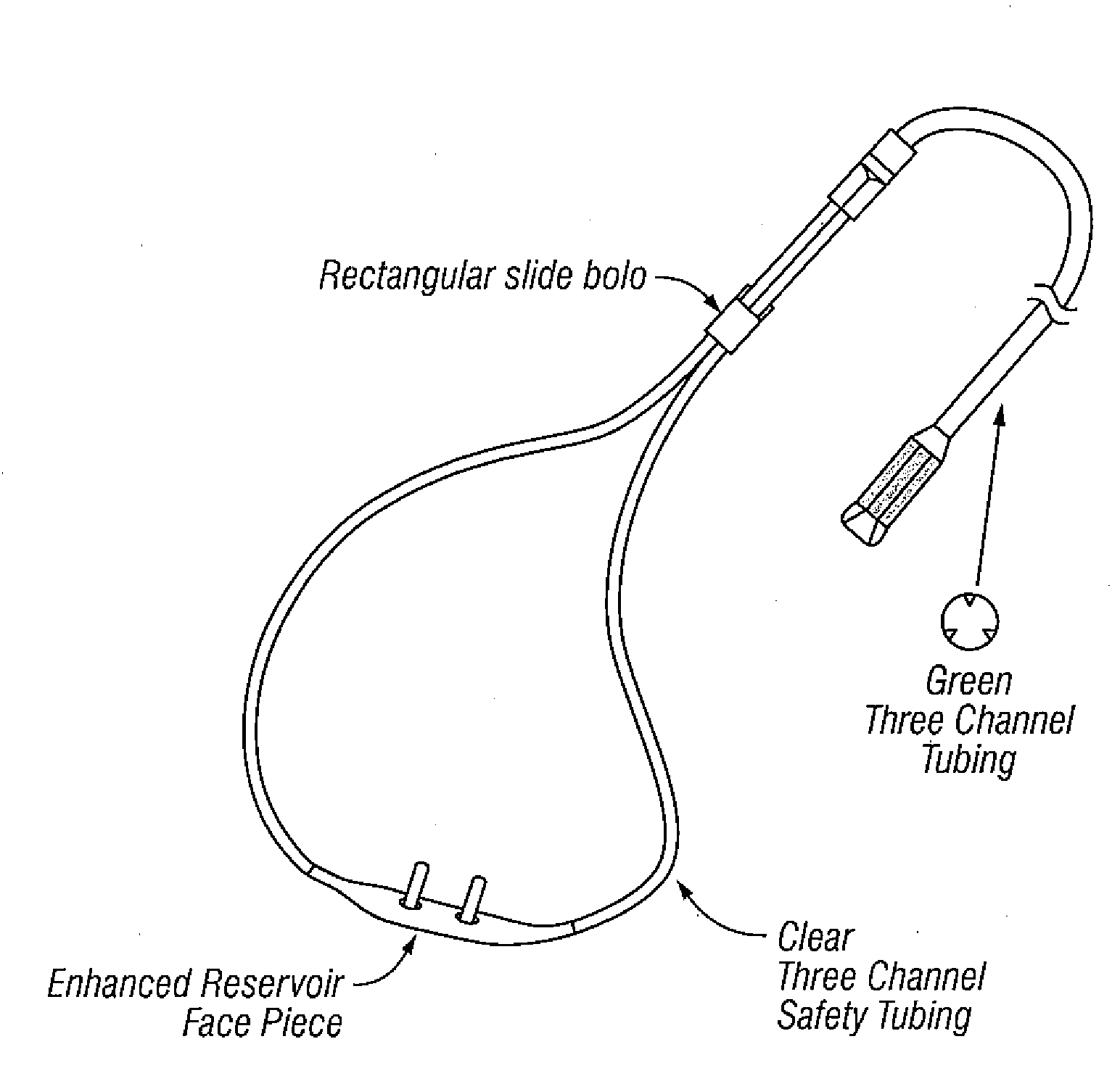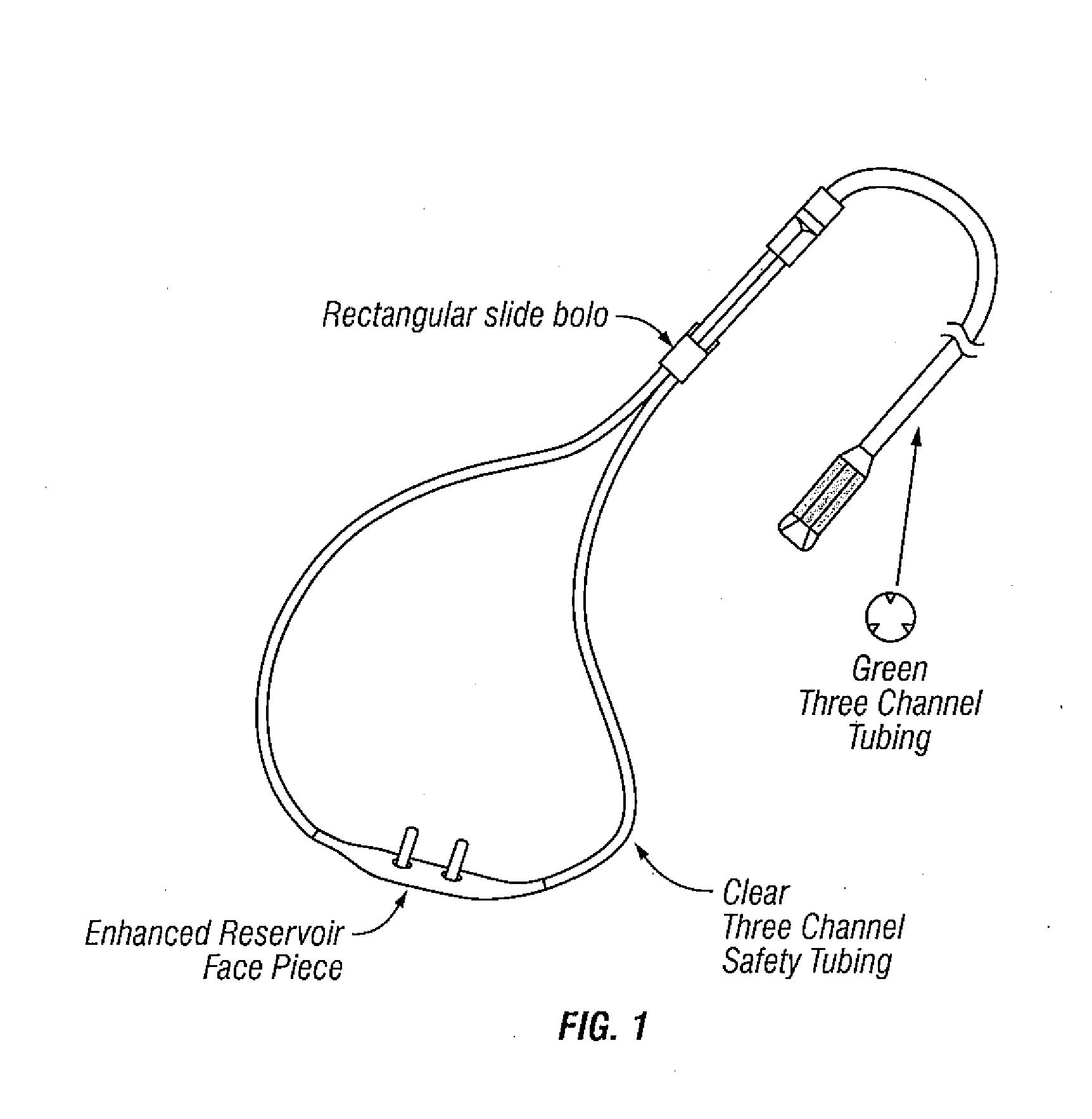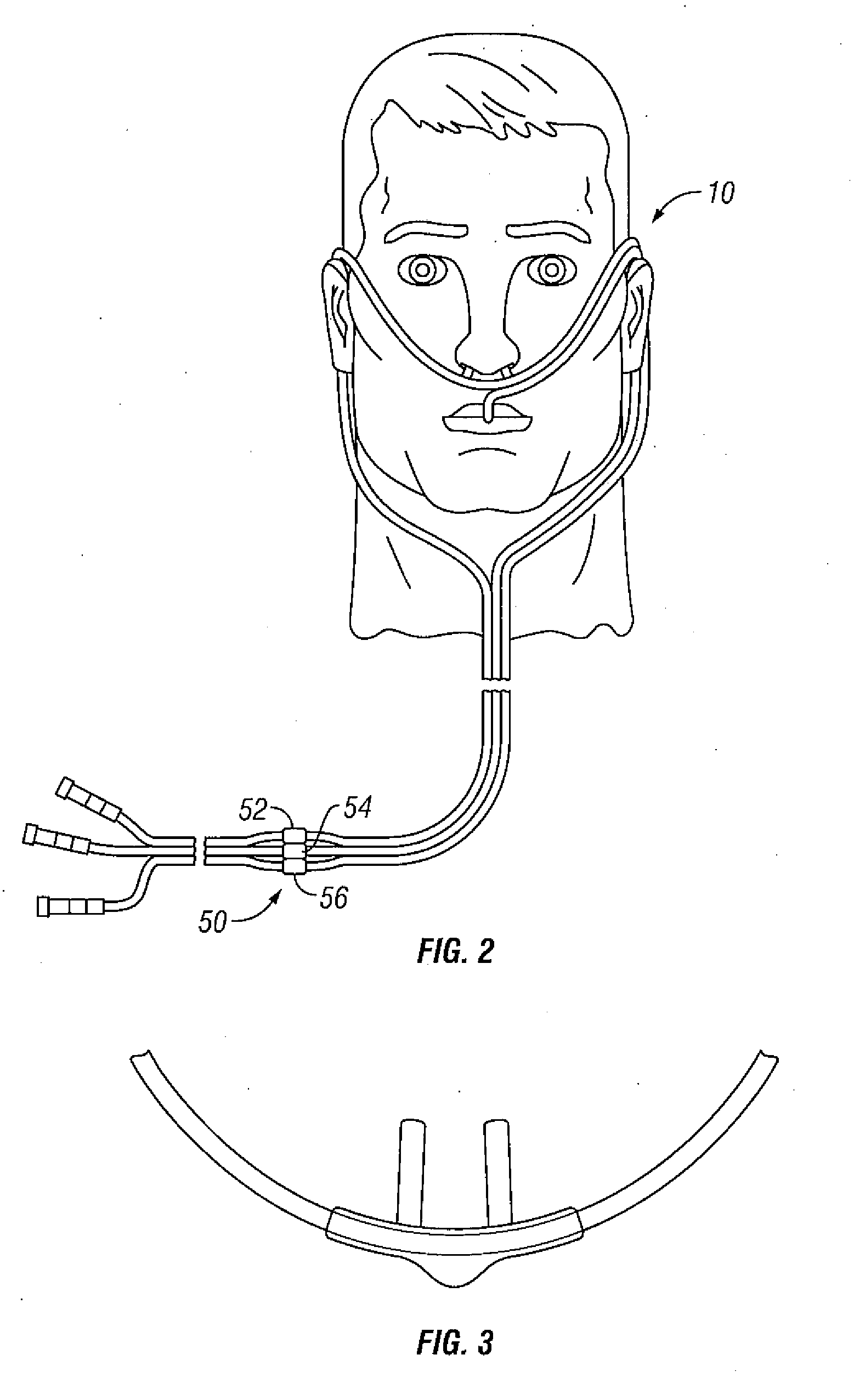Systems and methods that kill infectious agents (bacteria) without the use of a systemic anti-biotic
a technology of systemic anti-biotics and bacteria, applied in the direction of biocide, disinfectants, catheters, etc., can solve the problems of ineffective aseptic zone, inability to achieve effective aseptic zone, and inability to prevent catheter-associated infections and sepsis
- Summary
- Abstract
- Description
- Claims
- Application Information
AI Technical Summary
Benefits of technology
Problems solved by technology
Method used
Image
Examples
example 1
Production of Absorbent Anti-Microbial Compounds
[0244]A commercially available surgical sponge rayon / cellulose gauze material (sub#4) was unfolded from its as-received state to give a single layer sheet measuring approximately 8″ by 8″. The sample was then refolded “accordion-style” to give a 6-layer sample measuring approximately 1.33″ by 8″. This was then folded in the same manner to give a 24-layer sample measuring approximately 1.33″ by 2″. This refolding was done so as to provide uniform and maximum surface contact between the substrate and reaction medium, in a small reaction vessel.
[0245]A solution was prepared by mixing 0.4 grams of ammonium cerium (IV) nitrate (CAN) (Acros Chemical Co. cat #201441000), 25.0 mL [2-(methacryloyloxy)ethyl]trimethylammonium chloride (TMMC) (Aldrich Chemical Company, cat#40, 810-7), and 55 mL of distilled water. This solution was placed into a 250 mL wide-mouth glass container equipped with a screw-cap lid, and argon gas was bubbled vigorously t...
example 2
Testing of Antimicrobial Activity
[0260]All biological testing was performed by an independent testing laboratory (Biological Consulting Services of North Florida, Incorporated, Gainesville, Fla.). The first set of antimicrobial activity tests was performed using the absorbent antimicrobial material of Sample #21. The grafting yield for this sample was 26%. An untreated, unwashed sample of as-received sub#1 was used as a control. A sample of sub#1 treated with a siloxane based quaternary formulation (TMS, or 3-(trimethoxysilyl)-propyloctadecyldimethyl ammonium chloride) was also tested (sample #1122F). This sample contained approximately 9% quaternary siloxane which was applied from methanol solution. Based on a series of experiments with this quaternary siloxane, this is the maximum level which could be successfully applied to the substrate material. It was later found that the applied siloxane quaternary treatment was unstable, as evidenced by significant weight loss after washing ...
example 3
[0304]This example demonstrates the grafting of quaternary ammonium polymers onto cellulose fabric. A solution of 0.4 gram SPS, 65 mL distilled water, and 20 mL of Ageflex FM1Q75MC ([2-(methacroyloxy)ethyl]trimethylammonium chloride, 75 wt % solution in water, Ciba Specialty Chemicals Corporation) was placed into a 250 mL screw-top glass jar, and then sparged with argon gas to remove dissolved oxygen. One sheet of rayon non-woven gauze fabric (Sof-Wick, manufactured by J&J) was dried, weighed (2.00 grams total), and placed into the above solution. The jar was flushed with nitrogen, capped, and placed into a 60.degree. C. oven overnight. The fabric sample was then removed, thoroughly washed with tap water, and then dried. The final weight of the samples was 2.49. This represents a grafting yield of 19.4%. The sample was bright white in color, and showed no degradation or discoloration. Testing with a 1% solution of fluorescein dye, followed by thorough rinsing left a bright orange co...
PUM
| Property | Measurement | Unit |
|---|---|---|
| Mass | aaaaa | aaaaa |
| Mass | aaaaa | aaaaa |
| Mass | aaaaa | aaaaa |
Abstract
Description
Claims
Application Information
 Login to View More
Login to View More - R&D
- Intellectual Property
- Life Sciences
- Materials
- Tech Scout
- Unparalleled Data Quality
- Higher Quality Content
- 60% Fewer Hallucinations
Browse by: Latest US Patents, China's latest patents, Technical Efficacy Thesaurus, Application Domain, Technology Topic, Popular Technical Reports.
© 2025 PatSnap. All rights reserved.Legal|Privacy policy|Modern Slavery Act Transparency Statement|Sitemap|About US| Contact US: help@patsnap.com



